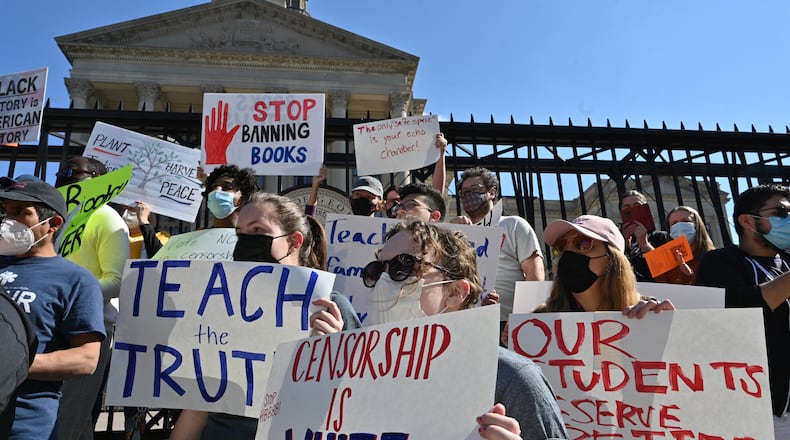A sweeping report two weeks ago by the Atlanta-based Southern Education Foundation on the stalled progress of Black students bears the title “Miles to Go.”
Last week’s election of Donald Trump may entail a slight alteration: “Many More Miles to Go.”
Trump barely referenced education during his presidential campaign. His few comments didn’t allude to anything he would add to education, only what he’d take away. That list included dismantling the U.S. Department of Education, ridding schools of what he called “woke” teaching around “racial, sexual or political content” and diverting public school dollars to private schools.
“I am not denying the gravity of this election. This is bad,” said Raymond C. Pierce, Southern Education Federation president and CEO who began his career as a civil rights attorney in Little Rock, Arkansas. “There is a culture of people who, when they see the Southern Education Foundation saying, ‘Let’s address these issues,” they don’t want to hear it. It is going to be hard. That doesn’t mean we give up.”
In the thrall of Trump, it’s difficult to imagine the federation’s recommendations will find a receptive audience in Republican-led state legislatures, including Georgia. The central finding of the 53-page study is that Black students lag in key academic measures not because of achievement gaps of their own making but long-standing opportunity gaps that leave them with fewer chances to learn at elevated levels.
The roots of these opportunity deficits are deeply embedded structural inequities that start in pre-K and continue through the K-12 system. Those inequities include Black students attending schools with fewer resources, sitting in increasingly segregated classrooms, seeing few teachers who look like them and suffering harsher punishments, including expulsions and suspensions, than white students charged with the same offenses.
Seven Southern states – Alabama, Arkansas, Georgia, Louisiana, Mississippi, South Carolina and Tennessee – posted expulsion rates for Black students higher than the national average, according to the report.
In spite of the 1954 U.S. Supreme Court’s decision in Brown v. Board of Education that said segregated schools were unlawful, the Southern Education Federation’s report cites increasing segregation, blaming discriminatory practices in housing, banking and real estate. Those practices led to Black families living in underresourced neighborhoods where artificially reduced property values generate less local funding for schools.
Georgia is one of the top 10 states in terms of highest rates of school segregation, with 47% of Black children here attending schools in which more than 90% of students are people of color.
The report builds on the federation’s own research and numerous other studies that support its key contention that improving learning conditions and outcomes for Black students will enhance the education and futures of all children.
“Studies show finding ways to diversify the teacher workforce (is) better for all students,” said Max Altman, the federation’s director of research and policy. “We show an increase in equity will increase outcomes for all students, improve workforce engagement and provide more trained professionals able to provide needed services in community. These are legitimately things good for everyone.”
That conclusion will likely be a tough sell amid grievance politics for white Americans who voted to turn back the page. They contend that racism is behind us and government efforts to widen opportunities for people of color instead shortchange them and their families.
“This is not just in Georgia; it is not confined to below the Mason-Dixon Line,” Pierce said. “There is an immense backlash. There is a sentiment out there that the reasons students aren’t learning or are suffering disparities in their learning is their fault. People have no sense of how the decades of Jim Crow, the centuries of denying education and the derivatives and vestiges of the past, have any impact today. They ignore history; they ignore reality.”
Stay on top of the latest education news with our weekly newsletter. Sign up for it free here.
About the Author
Keep Reading
The Latest
Featured



